All Science
 Cosmic 'magnifying glass' helps scientists see something really, really, really far away
Cosmic 'magnifying glass' helps scientists see something really, really, really far awayThanks to a phenomenon known as gravitational lensing, astronomers have spotted what might be the most distant object known to science, a distant galaxy cluster called IRC 0218.
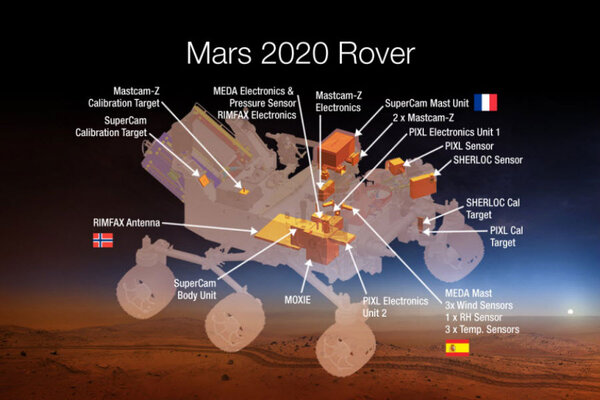 NASA's Mars 2020 rover: tools it will use to hunt for ancient microbial life
NASA's Mars 2020 rover: tools it will use to hunt for ancient microbial lifeOn Thursday, NASA officials announced that the agency has agreed to support a suite of seven instruments for the Mars 2020 mission, which is likely to cost about $1.9 billion.
- Bizarre comet has a 'neck,' reveals Euro-probe
Comet 67P/Churyumov-Gerasimenko is made up of two lumps connected by some sort of link, according to images captured by the European Space Agency's Rosetta mission.
 Color-changing ice cream: Mix a physicist, dairy, and 'love elixir'
Color-changing ice cream: Mix a physicist, dairy, and 'love elixir'A former physicist has developed an ice cream that changes colors as you eat it.
 How hummingbirds are inspiring military drones
How hummingbirds are inspiring military dronesA small military drone can fly as efficiently as most hummingbirds, but one still stands out ahead of the robot. Engineers may use those birds' wings to help create better drones.
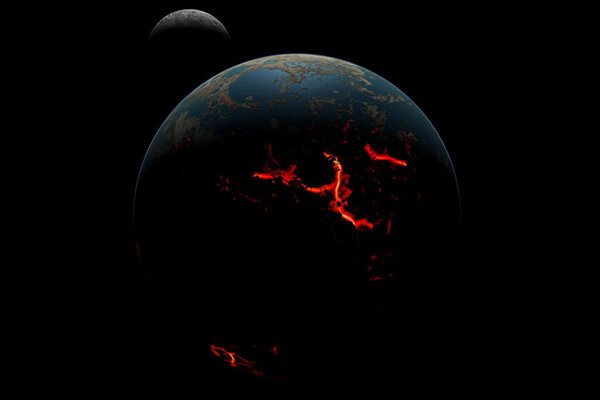 As the asteroids rained down on Earth, life persisted
As the asteroids rained down on Earth, life persistedDuring the first 500 million years after the formation of the Earth, meteors pummeled rained down from the sky, transforming the surface into molten rock. Yet the planet may have been more hospitable than previously thought.
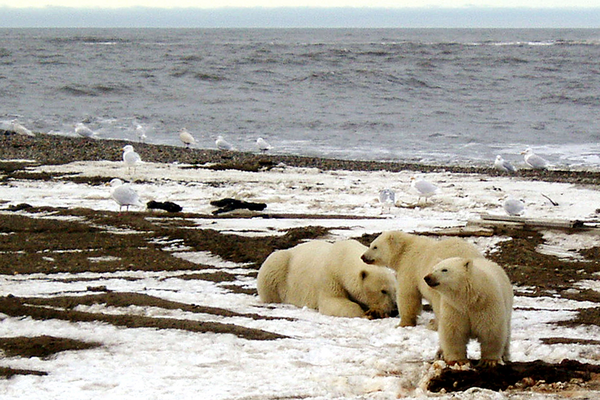 16-foot waves in the Arctic: a harbinger of ice-free summers?
16-foot waves in the Arctic: a harbinger of ice-free summers?Until recently, the Arctic Ocean's central Beaufort Sea was ice-covered throughout the summer. But with a greater expanse of open water, scientists are tracking how waves and well-traveled swells could accelerate the loss of summer ice.
 Is this deep-sea octopus the world's greatest mom?
Is this deep-sea octopus the world's greatest mom?A deep-sea-dwelling octopus remained nearly motionless while protecting her eggs for a record 53 months.
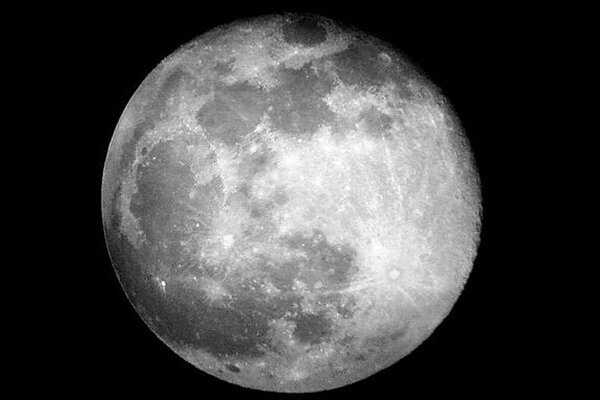 Why is the moon shaped sort of like a lemon?
Why is the moon shaped sort of like a lemon?Earth's gravity helped pull the moon into its somewhat oblong shape, shortly after both bodies had been formed, finds new research.
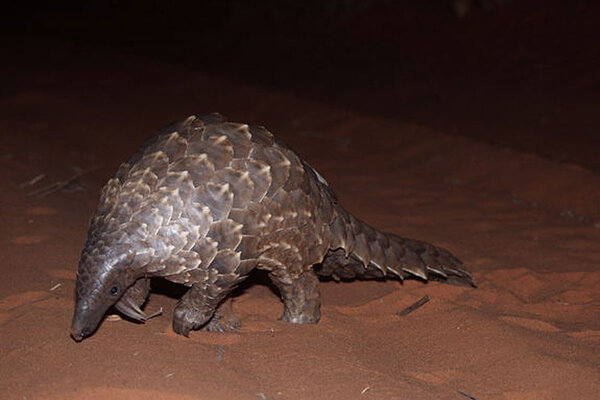 What is a pangolin and why are people eating them all?
What is a pangolin and why are people eating them all?If illegal poaching for meat continues, the pangolin could be driven to extinction.
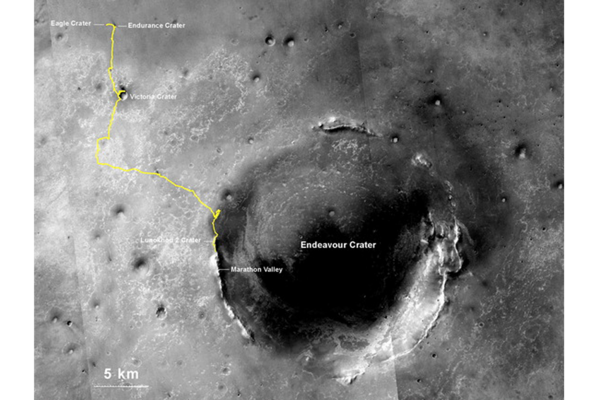 Mars rover sets off-world driving record
Mars rover sets off-world driving recordThe odometer on NASA's Opportunity Mars rover has topped 25 miles, breaking a distance record that had been previously held by a Soviet rover in 1973.
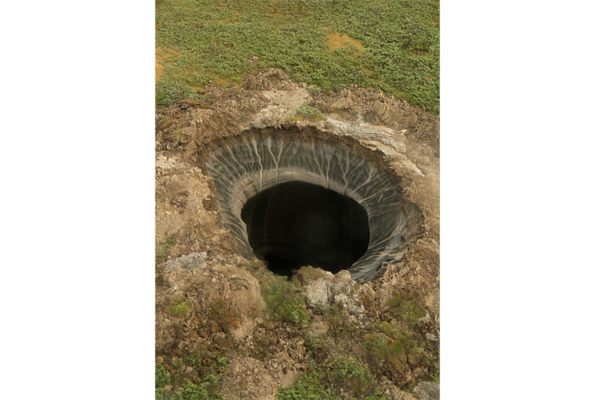 Mysterious Russian holes: Is Earth becoming perforated?
Mysterious Russian holes: Is Earth becoming perforated?A third gigantic hole has appeared in northern Russia, baffling scientists.
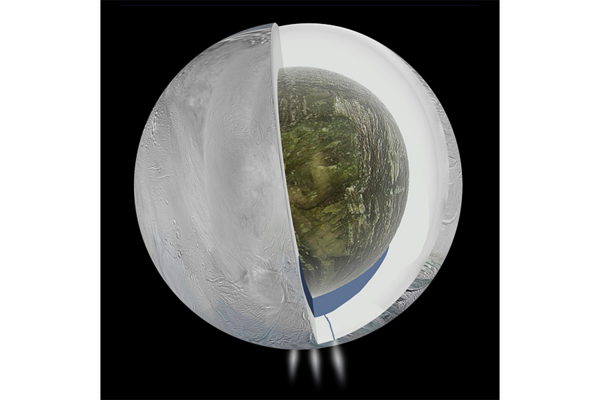 Could those 101 geysers on Saturn's icy moon hint at alien life?
Could those 101 geysers on Saturn's icy moon hint at alien life?The Cassini probe has documented 101 active geysers on Enceladus, Saturn's icy moon. These geysers are pushing through cracks in the icy crust from an underground ocean, say scientists.
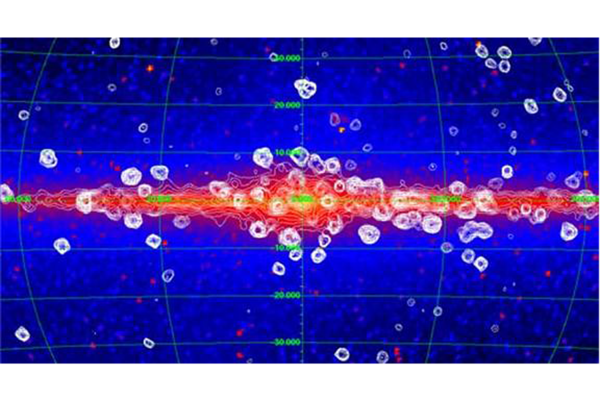 What's causing those space X-rays? Scientists solve mystery.
What's causing those space X-rays? Scientists solve mystery.For decades. scientists have debated the source of the low-energy X-rays that fill the sky. Now they say they have an answer.
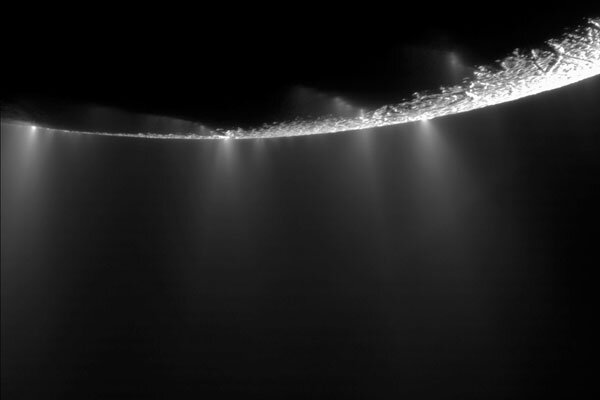 Geysers on Saturn moon fueled by hidden sea and convulsing ice
Geysers on Saturn moon fueled by hidden sea and convulsing iceScientists have wondered what is driving the geysers on the Saturn moon Enceladus. Now, they think they have a clearer picture, and the answer is exciting.
 If it weren't for that meteor, would there still be dinosaurs?
If it weren't for that meteor, would there still be dinosaurs?A six-mile wide asteroid delivered the fatal blow to dinosaurs, who had already been struggling against a host of environmental threats. But what if the asteroid had missed Earth?
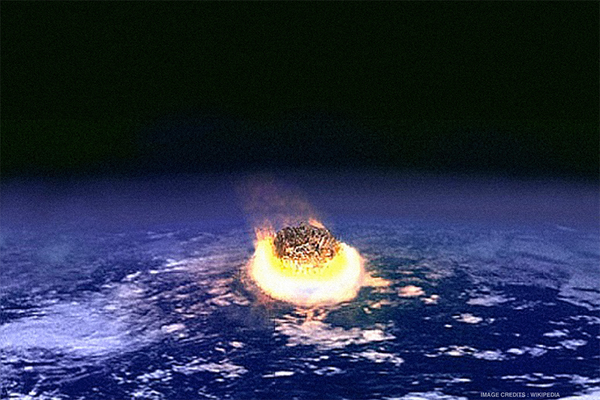 What did in the dinosaurs? That giant asteroid (or comet) had accomplices.
What did in the dinosaurs? That giant asteroid (or comet) had accomplices.Climate change, changing sea levels, and volcanic activity severely undermined the environment for dinosaurs, even before a large impactor smashed into Earth, scientists say.
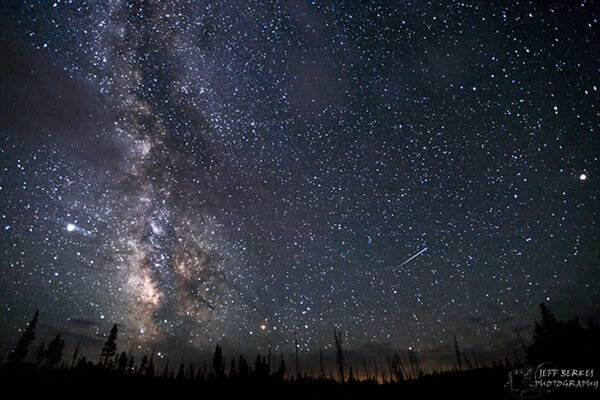 Delta Aquarid meteor shower: How to watch it online
Delta Aquarid meteor shower: How to watch it onlineThe Delta Aquarids peak on Monday and Tuesday night. If you can't catch the meteor shower in person, here are some ways to view it online.
- Tara Reid says a sharknado could really happen. Is she right?
Actress and model Tara Reid chatted with GQ magazine about the likelihood of a sharknado, a hypothetical meteorological phenomenon in which a cyclone draws sharks from the water and deposits them, alive and thrashing, on top of an unsuspecting urban populace.
- Video captures massive 'haboob' hitting Phoenix
Phoenix was enveloped by a massive dust storm, some 3,000 feet high, on Friday evening. The 'haboob' knocked out power to as many as 12,000 Phoenix residents.




















